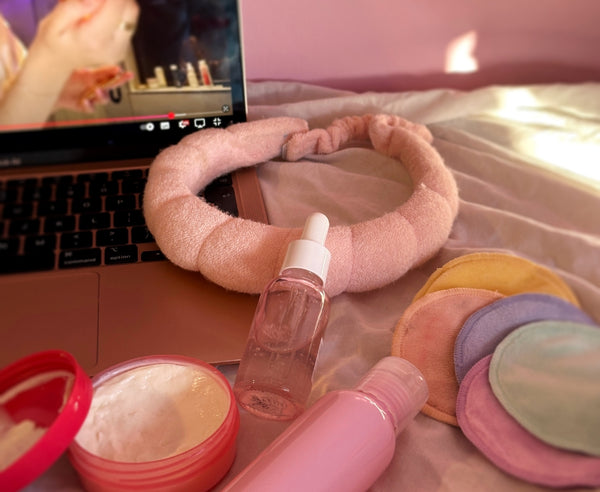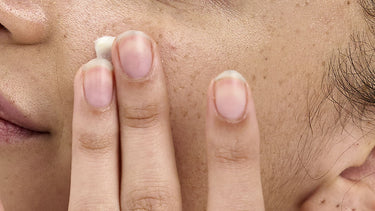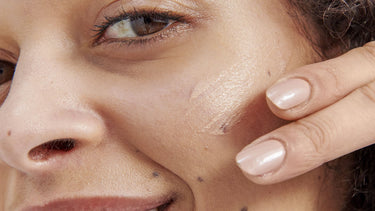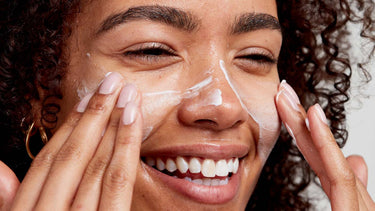Our guide to tween skin
"As someone who has lived with a hyper reactive skin condition (chronic urticaria) for 20+ years, I know how just one ingredient can trigger sensitisation and huge knock-on problems.
“That’s why it’s so concerning to see young children experimenting with skincare designed for adult skin. As a product formulator rooted in ingredient knowledge and skin science, we know just how vulnerable young children’s underdeveloped skin barriers can be.
“The pressure to follow trends is huge, and many parents feel left in the dark about what’s suitable for their child’s skin. We want to bridge that knowledge gap and ensure sensible and informed skincare habits start early."
Sarah Brown, Founder
How it all started
We invited some local Year 6 pupils to Pai for a factory tour – and nothing prepared us for what they were already using on their skin.
Our first-of-its-kind study reveals tweens lack protective oils
We wanted to know exactly what happens to your skin from childhood into adolescence, and just how vulnerable pre-teen skin is. So we conducted a pioneering clinical study on the skin microbiome (the protective microorganisms that live on the skin's surface).
Our unique inter-family testing analysed the skin of tween and teen sisters and their mothers to measure the difference in bacterial diversity – a key indicator of skin health. Here's what we found:
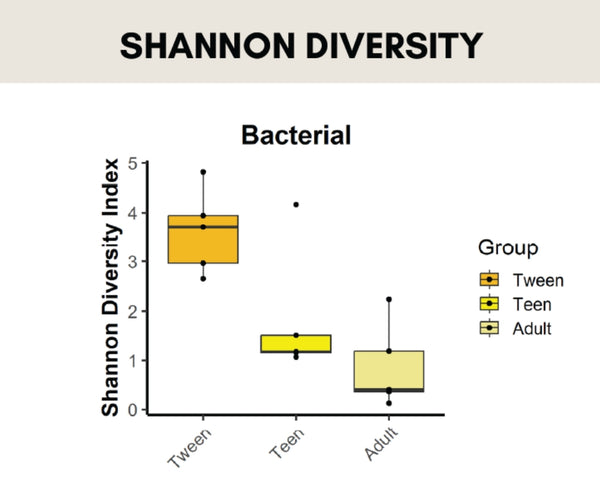
- Tween skin (age 9-12) lacks Cutibacterium acnes – also known as C. acnes – which help to produce sebum or oils in the skin
- Teens and adults have a similar skin microbiome composition
- Tween skin has a higher bacteria and fungi diversity
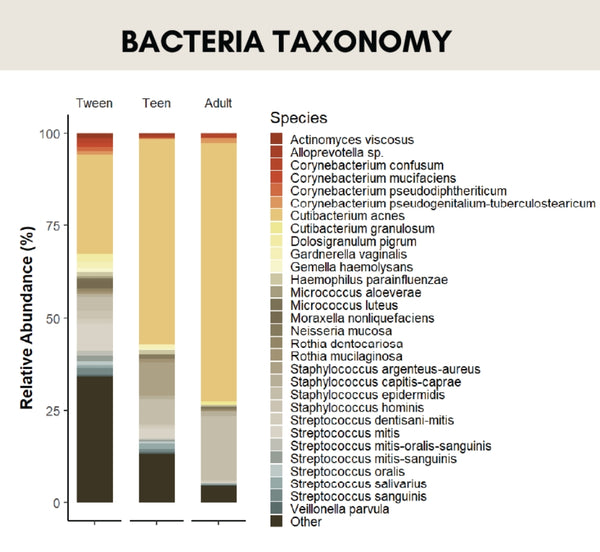
- Tweens have lower C. acnes abundance, and higher Streptococcus and Micrococcus species, and other low abundant species compared to teens and adults
- C. acnes increase and start to dominate from puberty, which may be related to the rise of sebum production from increase of testosterone levels
This age-related shift from tween to teen skin proves that under 12s have an underdeveloped skin barrier that’s missing crucial protective oils**. And that they could therefore do damage using harsh actives such as acids and retinoids, which naturally dry out the skin, and make it more susceptible to environmental damage.
**Based on an indicative clinical study by Pai and HelloBiome on 15 participants
Join our #StaySkinSHARP campaign
We’ve teamed up with the British Skin Foundation and Consultant Dermatologist Dr Zainab Laftah to create a practical guide to help parents navigate tween skincare with confidence.
Use the SHARP acronym for key ingredients to avoid:
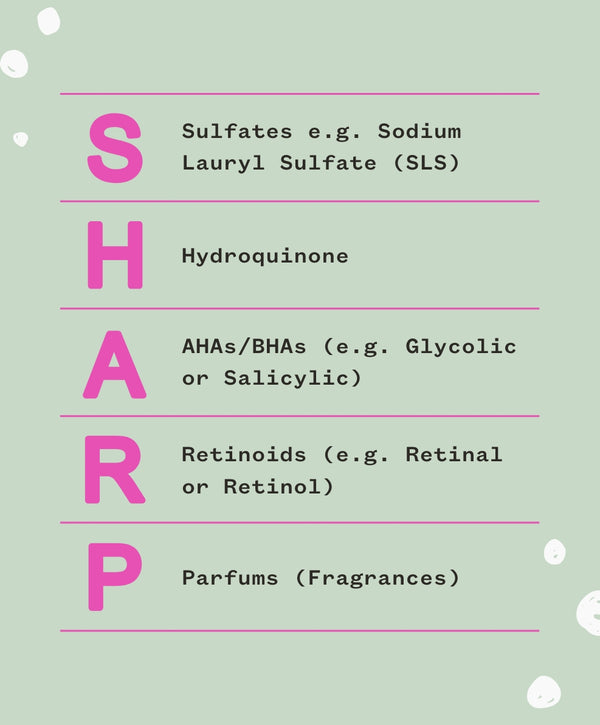
S - Sulfates e.g. Sodium Lauryl Sulfate (SLS):
These can strip the natural oil and change the pH of or skin leading to imbalances, irritation and dryness.
H - Hydroquinone:
Found in formulas designed to brighten and target hyperpigmentation, this is a prescription-only ingredient in the UK – but tweens could come into contact with it via their parents’ products.
A - AHAs/BHAs (e.g. Glycolic or Salicylic):
These acids increase skin cell turnover, but they can also cause sensitivity and weaken the skin barrier if overused.
R - Retinoids: e.g. Retinal or Retinol:
These strong anti-ageing ingredients aren’t appropriate for young skin. They promote cell turnover and can cause irritation and increased sensitivity – even in fully developed, robust skin.
P - Parfums (Fragrances):
Common allergens that can cause redness, irritation, or even allergic reactions. Parfum can also be used on an ingredient list to hide other non-fragrance related ingredients, so you don’t always know what’s contained within it
These are just five of the most sensitising ingredients for young skin – but it’s important to always check labels and keep skincare routines simple.
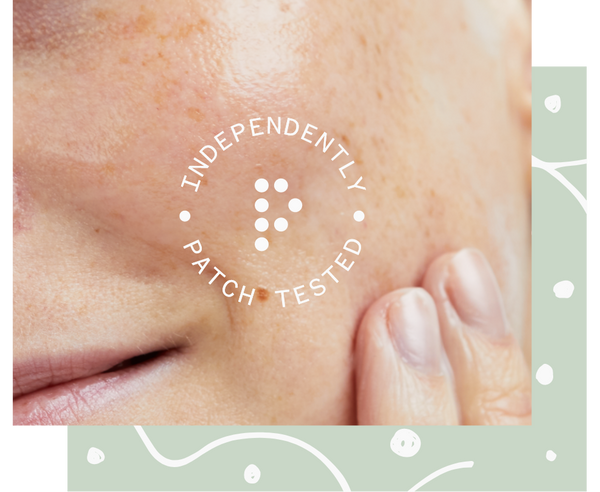
Always patch test first
Every one of our formulas is independently patch tested for 96 hours on sensitive skin, but that doesn’t mean you can’t do your own personal checks at home. And all tweens should, as standard.
Apply a small amount of product to your inner elbow, neck or wrist for three consecutive days to make sure it suits your skin.
Non-parental advice
Tweens and teens are more likely to listen to advice from a neutral, unfamiliar source than a parent. Our free skin consultations are their chance to ask any questions about their skin, to understand the risks involved in using certain products and have demonstrations on how to use products properly – with you by their side so that everyone’s on the same page.
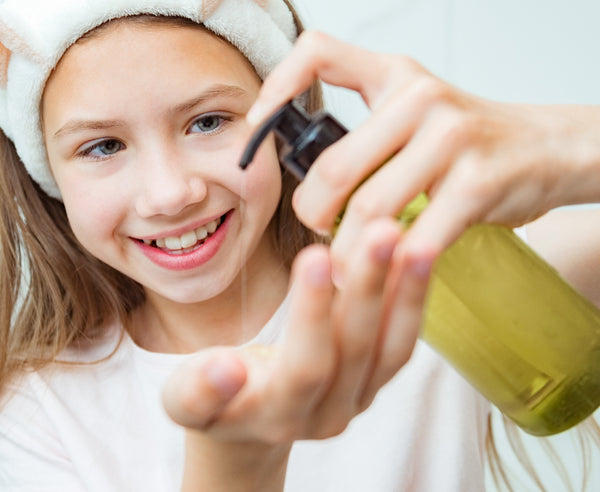
Educating the educators
If you’re a content creator who believes you may be reaching younger tween audiences, we'd love to invite you to join our consultation panel, to find out how we can help you navigate this and ensure you’re sharing the right guidance to younger skincare users. Please register your interest at stayskinsharp@paiskincare.com
